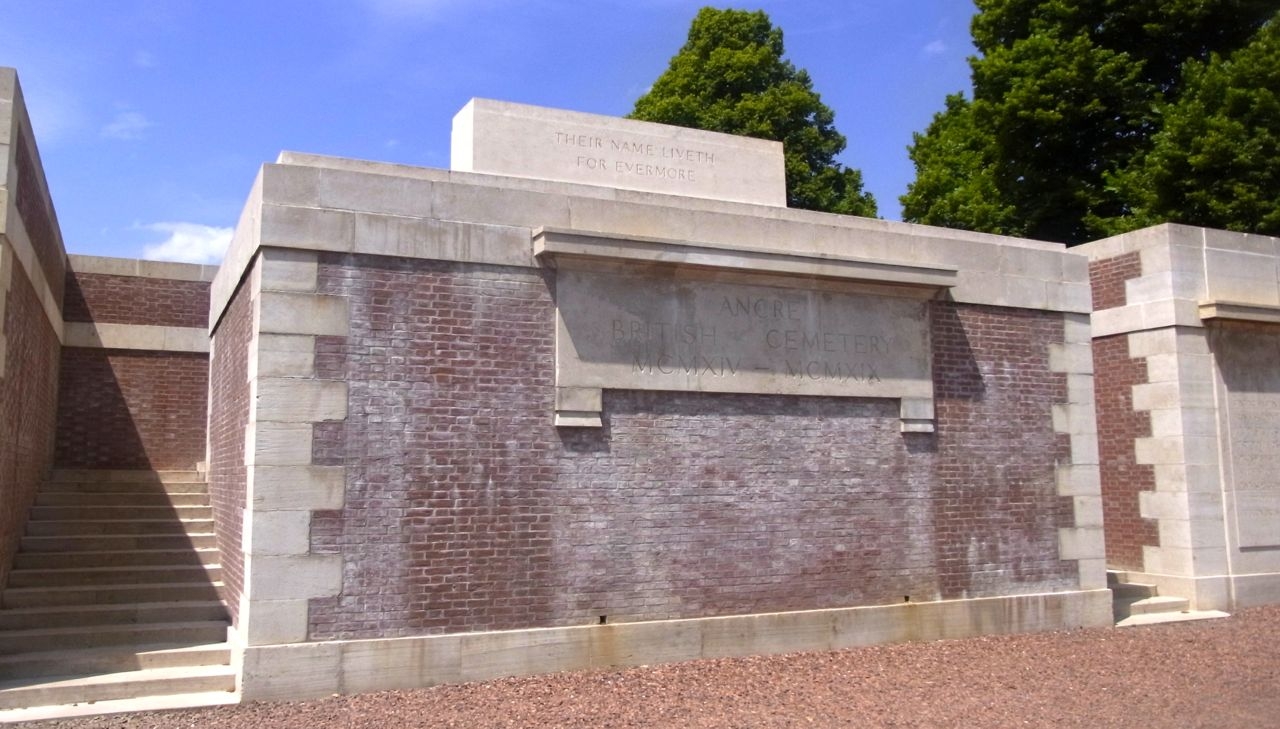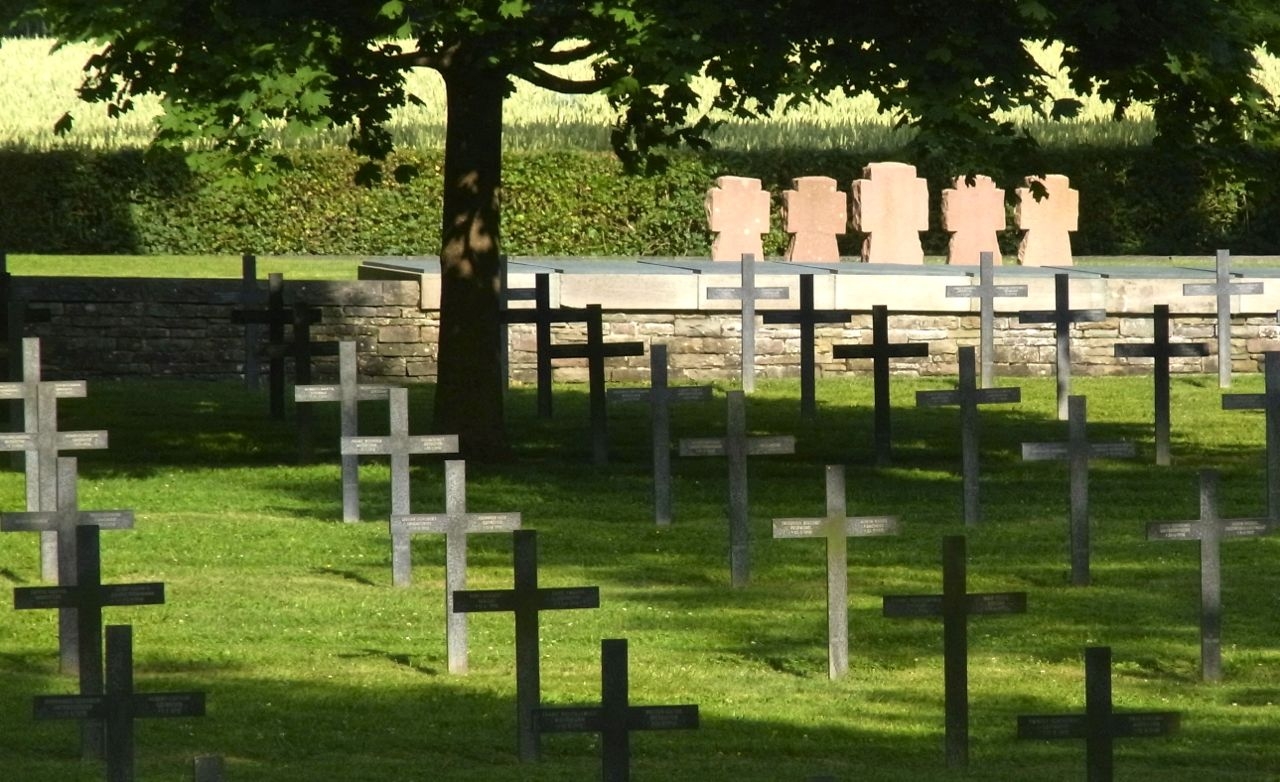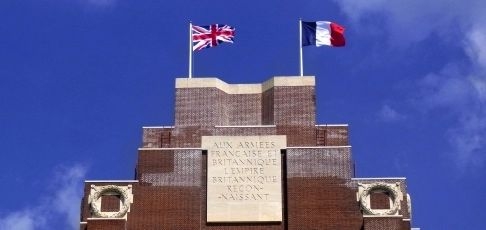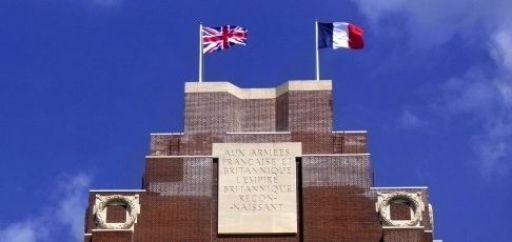The Battle of the Somme drew to a close on 18 November 1916 after more than four months of fighting, and hundreds of thousands of casualties.
In a last push before the onset of winter, British troops attacked in the Ancre sector, finally taking Beaumont-Hamel, a heavily fortified village that had been an objective on the first day in July.
Today’s anniversary of the end of the battle has been marked with a commemorative service at the Thiepval Memorial, the towering monument to more than 72,000 soldiers who fell on the Somme and have no known grave.
The fighting lasted 141 days, from July-November 1916, and resulted in more than one million British, French, German, and Commonwealth dead, wounded or missing.
It was a campaign aimed at achieving a breakthrough on the Western Front at the point where the British and French lines met in the River Somme region.
But Germany’s surprise attack at Verdun in February cut the number of French troops available, and so it fell to the British armies in France under their new commander, General Sir Douglas Haig, to take the lead.
 Ancre British Cemetery: 2,540 Commonwealth casualties are buried or commemorated here (Photo: Centenary News)
Ancre British Cemetery: 2,540 Commonwealth casualties are buried or commemorated here (Photo: Centenary News)
With France heavily engaged at Verdun for most of 1916, there was no question of suspending the Somme offensive when it stalled in the face of stiff German resistance.
The Somme increasingly became a battle of attrition, grinding to a halt in the rain and mud of November 1916, apart from some limited actions over the winter. The Battle of Verdun continued until December.
At most, the Allies had advanced six miles.
Somme facts & figures
*19,240 British soldiers were killed on the opening day, 1 July 1916 – the British Army’s bloodiest day.
*Australia lost 7,000 dead in six weeks’ fighting on the Somme, almost as many as in the eight-month Gallipoli campaign.
*Troops of the Newfoundland Regiment were almost wiped out in the July 1 attack at Beaumont-Hamel.
*The Battle of the Somme was the first major Western Front action for New Zealand and South African forces.
*The Indian Army mounted a rare cavalry charge at High Wood on the Somme in July 1916.
*Britain sent the first tanks into battle at Flers-Courcelette in September.
*Germany suffered some 500,000 casualties on the Somme (dead, wounded or missing); France, 200,000; Britain, 420,000. The Somme took a heavy toll on the new British volunteer units, or ‘Pals’ Battalions, raised by Lord Kitchener, fighting their first large-scale action. Kitchener, Britain’s War Minister, had himself perished a month before the Somme, in the sinking of HMS Hampshire off Orkney.
In the wake of the Battle of the Somme, Germany’s new supreme commanders, Paul von Hindenburg and Erich Ludendorff, ordered a strategic withdrawal to newly-constructed defensive positions in Northern France in spring 1917. The shortened Hindenburg Line, (officially the Siegfried Stellung) allowed the front to be defended with fewer troops.
 Fricourt German Cemetery, last resting place for more than 17,000 soldiers (Photo: Centenary News)
Fricourt German Cemetery, last resting place for more than 17,000 soldiers (Photo: Centenary News)
The Battle of the Somme, and Haig’s conduct of the campaign, are still vigorously debated by historians. It’s seared into British remembrance of the First World War, not least because so many communities were affected.
100 years on, many of the best known pictures capturing the spirit of the war as a whole derive from the pioneering documentary, ‘The Battle of the Somme’. Filmed at the front in June/July 1916 by Geoffrey Malins and JB McDowell, it drew record audiences to cinemas while the battle was still raging, and it’s again been widely screened for the Centenary by the Imperial War Museum.
The 141 days of the Battle of the Somme have been marked with daily acts of remembrance at Thiepval, organised by the Royal British Legion in partnership with the Commonwealth War Graves Commission. They’ve concluded today (November 18) with a traditional drumhead service.

“The Last Day of The Somme is a moment to reflect on the collective sacrifice of all those who fought and fell in such tragic numbers between 1 July and 18 November, 1916,” says the Right Reverend Nigel McCulloch, Head of Remembrance at the Royal British Legion.
“Their service has left an enduring legacy across the UK and Commonwealth and it is fitting that members of communities from the UK that were affected by that loss, are able to pay tribute to these men at the close of the battle’s centenary.”
Centenary News reported from the July 1 Somme Centenary service at Thiepval, attended by senior members of the British Royal Family, and UK & French leaders. Read Executive Editor Nigel Dacre’s dispatch here.
Images: Centenary News
Sources: IWM, Commonwealth War Graves Commission, Wikipedia, various
Posted by CN Editorial Team
